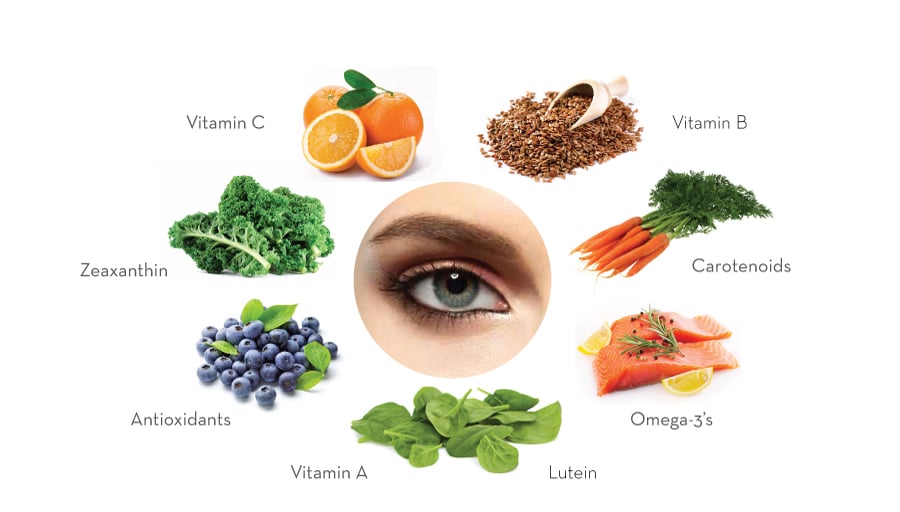People often believe that failing eyesight is an inevitable result of aging or eye strain. In truth, a healthy lifestyle can significantly reduce the risk of eye health problems. Our emotions attach to what we see. And, most of our natural gifts and talents depend on sight. That’s why it’s important when you’re eating for general health to also eat foods for your vision nutrition. A healthy lifestyle can significantly reduce the risk of eye health problems. Foods that are high in antioxidants and vitamins play a key role in the health of your eyes. Regular exercise and a balanced diet are important for general wellbeing and protecting against many eyes health conditions.
If you’re looking to improve your eyesight, read on. This article will highlight about the top five food items that support vision nutrition.
- Vitamin A rich foods
Along with a proper diet, eating enough servings of Vitamin A-rich foods can also improve vision. This can be as simple as adding a vegetable or fruit to every meal. Or, you can eat a bowl of fortified cereal for breakfast.
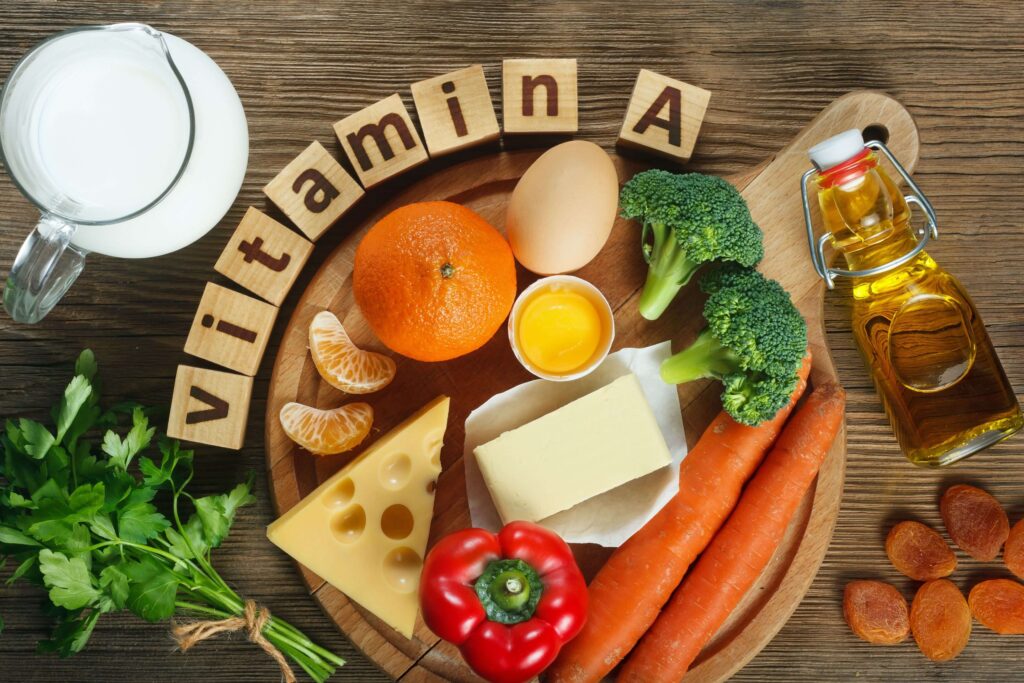
The next time you’re in the grocery store, head straight for the raw red bell peppers. These sweet beauties give you 190mg of vitamin C — more than the favored orange. What does vitamin C have to do with vision? Scientifically, a lot. This vitamin protects the eyes, preventing cataracts from forming.
Cataracts cause blurred or double vision. Your eyes become sensitive to light and bright colors look dull. The antioxidants found in Vitamin C reduce the risk of developing cataracts. Like red peppers, green peppers, cauliflower, and Brussel sprouts are also C-rich. Eating these veggies combats macular degeneration and changes in visual acuity. Both of these come with age.
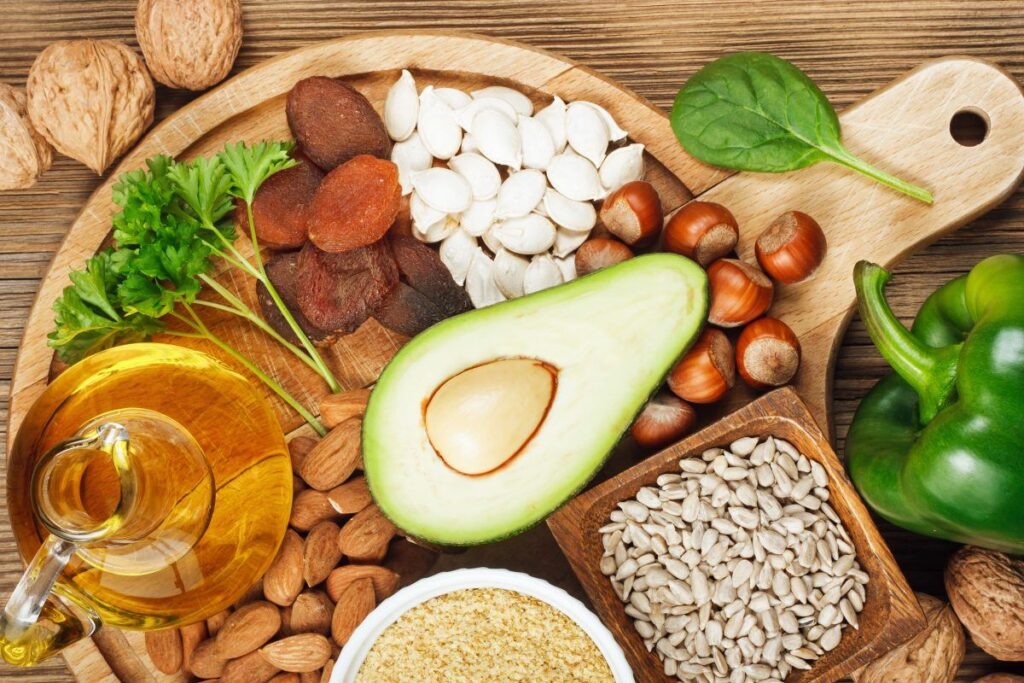
A palm full of sunflower seeds or almonds can decelerate age-related macular degeneration. How? Vitamin E and Zinc. Like vitamin C, E is a potent antioxidant. It is commonly found in nuts and seeds.
Vitamin E acts as a shield for the cells in the eyes, protecting them from free radicals. Healthy tissue in the eyes breaks down when exposed to unstable free radicals. Consumed together with other healthy nutrients like vitamin C, vitamin E also fends off cataracts.
The zinc found in nuts acts like a vehicle for vitamin A. It transports vitamin A from the liver to the retina. This exchange produces a pigment called melanin that protects the eyes.
If you have nut allergies, look for other foods that contain vitamin E and zinc.
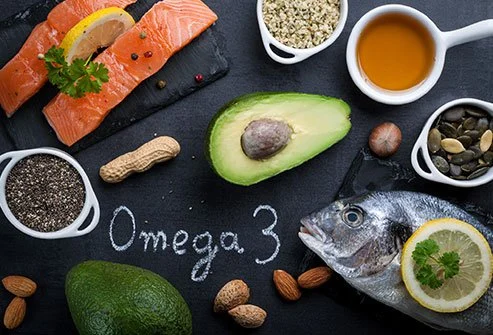
What does fish have to do with the eyes? Salmon, tuna, and trout actually have plenty to do with your eye health. These fatty fish contain high levels of omega-3 fatty acids, which the eyes need.
DHA and EPA are two types of omega-3 fatty acids that support the retinas in the eyes. Omega-3 defends against glaucoma – increased pressure in the eyeballs that leads to blindness. It reduces pressure in the eye, relieving the eyeballs of strain and stress. Glaucoma can strike at any age but is more common in older adults. So adding fatty acids to your diet early can prevent future eye concerns.
If you don’t like the flavor of fish, trying adding some lemon or lime. Both contain suitable levels of vitamin C, which together with omega-3, fights AMD.
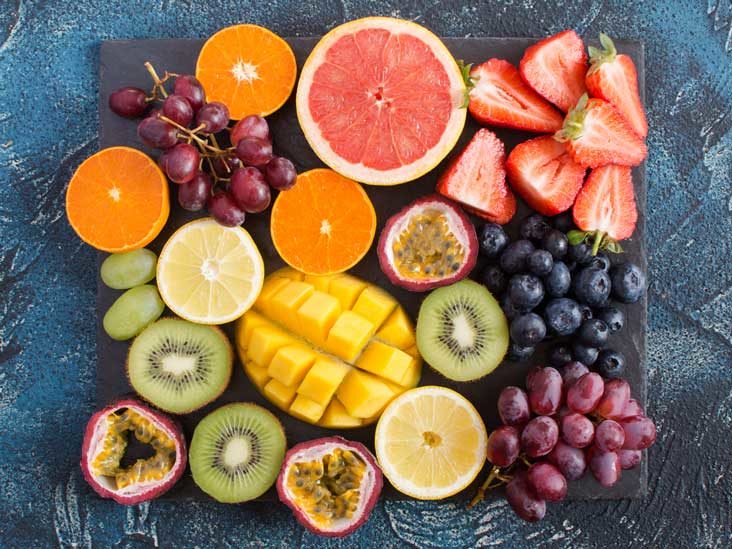
Many people view carbs as the best part of their diet. They’re even better when you understand their health benefits. Sweet potatoes, in particular, are one ingredient worth adding to your daily calorie count.
Sweet potatoes are rich in beta-carotene and vitamin A, both of which support night vision. Like vitamin A, beta-carotene protects the cornea – the surface of the eye. When the body is deficient of both, AMD attacks the eyes. The great benefit of beta-carotene is that it converts into vitamin A in the body. This makes sweet potatoes twice as potent for the eyes. Both are the eyes’ defense against AMD (Age-related macular degeneration).
This sweet root vegetable is also high in vitamin C and comes with a touch of vitamin E.

